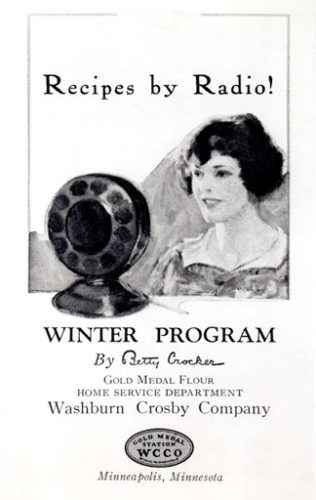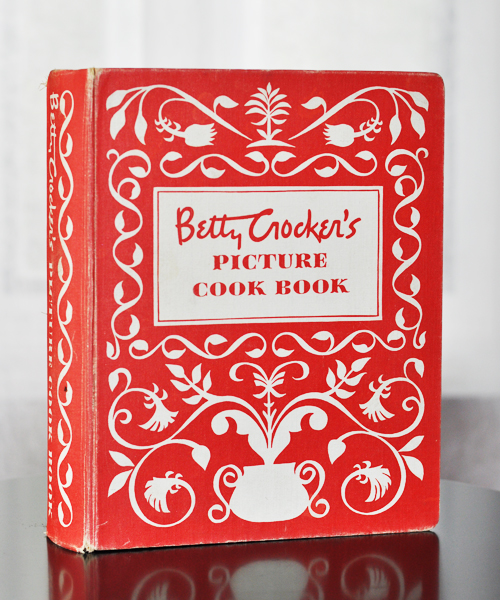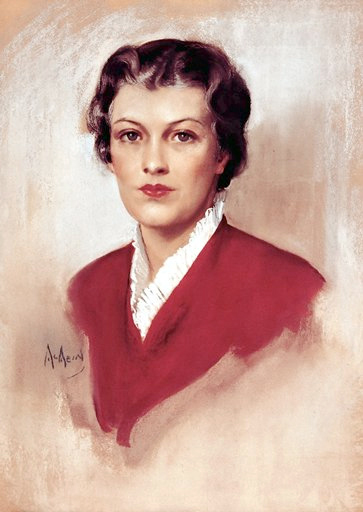How Betty Crocker Became America’s First Lady of Food
Betty Crocker was born in a boardroom of The Washburn-Crosby Company of Minneapolis in 1921. A flood of questions from the public about baking had been overwhelming the company for years, so in a brilliant marketing move, Washburn-Crosby created a personality to answer all of the inquiries individually. They combined the last name of a recently retired company executive, William Crocker, with the first name Betty–a name they thought sounded warm and friendly. Next, they decided that it would be more intimate to sign responses with Betty’s name in handwriting rather than a typed valediction. Betty Crocker’s signature came from a secretary who won a contest among the female employees of Washburn Crosby. That signature is still used by Betty Crocker today.



In 1924, Betty Crocker acquired a voice with the radio debut of the nation’s first cooking show on WCCO radio. The Betty Crocker Cooking School of the Air became such a big hit that it expanded to thirteen other regional radio stations. Each station had their own “Betty” who read from a script produced in Minneapolis. The Betty Crocker School of the Air ran for 24 years, making it one of the longest running radio shows in history. In 1928, the top six milling companies, including the Washburn-Crosby Company, merged together to form one—General Mills.
Betty earned a physical identity in 1936. Prominent New York artist Neysa McMein brought together all the women in the General Mills Home Service Department and blended their features into an official likeness for Betty. The widely circulated portrait reinforced the popular belief that Betty Crocker was a real woman. Betty’s portrait has been updated eight times since the original. In each portrait, Betty has perfectly coiffed brown hair and she always wears a red dress, sweater, or jacket with white at her neck.






Big things happened for Betty in the 1950s. She became a popular tv personality that appeared in several commercials—including the CBS network’s first color commercial—and on the Burns and Allen Show. Betty’s first cookbook was also published during this time. State-of-the-art appliances and new convenience foods created a need for new recipes and Betty was there to meet the demand. The Betty Crocker Picture Cookbook was first published in 1950 and became affectionately known as “Big Red”. Since then, “Big Red” has gone on to sell millions of copies, making it one of the top-selling cookbooks in the world.
Betty Crocker has been a cultural icon for over 90 years and a trusted source for recipes for generations. One public opinion poll rated Betty as the second most famous woman in America after Eleanor Roosevelt. She provided Americans with practical food and homemaking advice through the Great Depression and World War II, and has stayed relevant throughout the years by providing us with things such as convenient baking mixes and bilingual cookbooks. Betty continues to be the most recognized name and symbolic face of American cooking—living up to her reputation as the first lady of food.
Betty Crocker cake mix commercial from the 1950s
